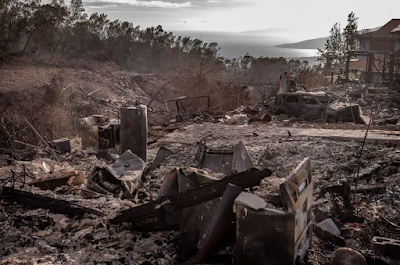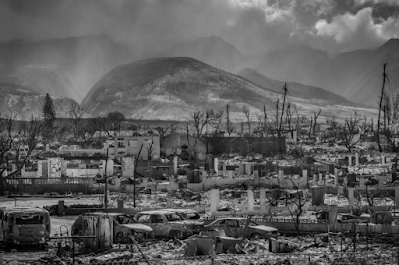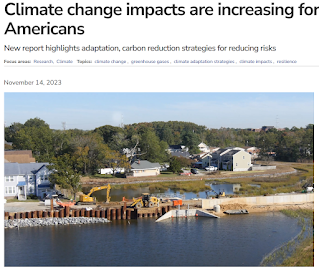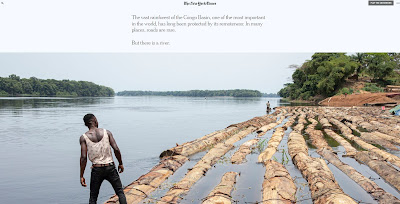David Butow: The landscape of destruction, Lahaina, Maui, seen on August 24, 2023
The George Eastman Museum in Rochester, NY, has recently added a print by David Butow taken while on assignment for TIME magazine documenting the aftermath of the August, 2023 fires in Lahaina, Maui. David Butow is a freelance photojournalist whose projects and assignments have taken him to over two dozen countries including Afghanistan, Burma, Iraq, Peru, Yemen and Zimbabwe. His work in covering politics in Washington, D.C. resulted in the monograph BRINK, published in late 2021 by Punctum Press.
Born in New York and raised in Dallas, he has a degree in Government from the University of Texas at Austin. After college he moved to Los Angeles and worked in newspapers before beginning a freelance career for magazines in the 1990's.
From the mid-90's through the late-2000's he worked as a contract photographer for US News and World Report magazine covering social issues and news events such as post- 9/11 in New York, the Palestinian/Israeli Intifada, the 2003 U.S. invasion of Iraq and the death of Pope John Paul II at the Vatican. From 2017-2021, he was based in Washington, D.C., doing primarily political assignments at the White House and US Capitol for TIME, CNN, Politico, NBC, the Los Angeles Times, The Guardian, Rolling Stone and other clients. His photographs of events such as the China earthquake in 2008, the funeral of Nelson Mandela, Hong Kong protests of 2019 and various projects in the U.S. have won awards from Pictures of the Year International, Photo District News, American Photography and others.
In early 2022, the new book BRINK was published by Rome-based Punctum Press, 104 photographs over 152 pages, printed in Italy on heavyweight paper with text by Mark McKinnon and Cecilia Emma Sottilotta. BRINK chronicles politics in the United States from the 2016 presidential election through the chaos of the Trump presidency, the turmoil of 2020 and concludes with the insurrection and its aftermath at the U.S, Capitol in January 2021.
Most recently, Butow's photographs from Ukraine, Ulvalde, Texas, and Lahaina, Maui have been published in Politico, Time, and The New York Times.
The George Eastman Museum is located in Rochester, New York, on the estate of George Eastman, the pioneer of popular photography and motion picture film. Founded in 1947 as an independent nonprofit institution, it is the world’s oldest photography museum and one of the oldest film archives. The museum holds unparalleled collections—encompassing several million objects—in the fields of
photography,
cinema, and
photographic and cinematographic technology, and photographically illustrated books. The institution is also a longtime leader in film preservation and photographic conservation.













1024_1.jpg)












